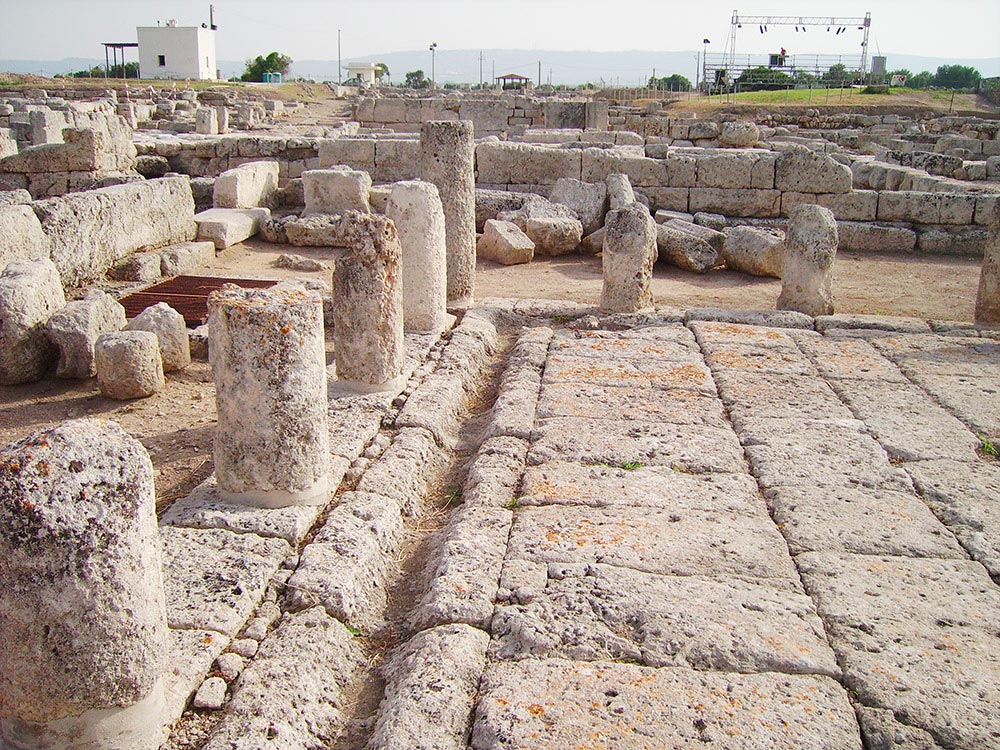
Egnazia Scavi e Museo
A few kilometres from Fasano there is Egnazia, one of the most important archaeological areas in Apulia. It is an old urban settlement, originally centre of the Messapian culture (Balkan population which lies in Apulia since the ninth century BC), which had its major development in the Roman age. Indeed, the local harbour became a crucial point for trading between the Adriatic, the Aegean and the Black Sea. The toponym of “Egnazia”, actually, derives from the name of this maritime route, known as “Via Ignazia”. Even the road connections encourage the development of the area. To be precise, “Via Traiana” which is the Roman connection road between Brindisi and Benevento and a great alternative to the busiest Appia. In short, Egnazia has been a strategic trading port, fallen after the end of the Roman Empire, between the West and the East for centuries. In fact, the archaeological history of the site starts in the nineteenth century: both Napoleon’s troops during the French decade of the Reign of Naples (1806-1815) and the local population started to plunder pots, bronzes, jewels and an infinity of other ceramic finds in the necropolis. Just at the beginning of the twentieth century, the area came under the control of State. Still nowadays, over a century ago, researches continue, exploiting the presence of the close museum to establish findings inventories as they rise to the surface. The museum is dedicated to Giuseppe Andreassi, superintendent of Apulian archaeological heritage between 1990 and 2009 and director of the archaeological area of Egnazia from the mid-70s to the mid-80s of the last century.
For further information about the history, the way the visits take place and the access times of the park and the museum see Internet website: www.egnazia.eu.